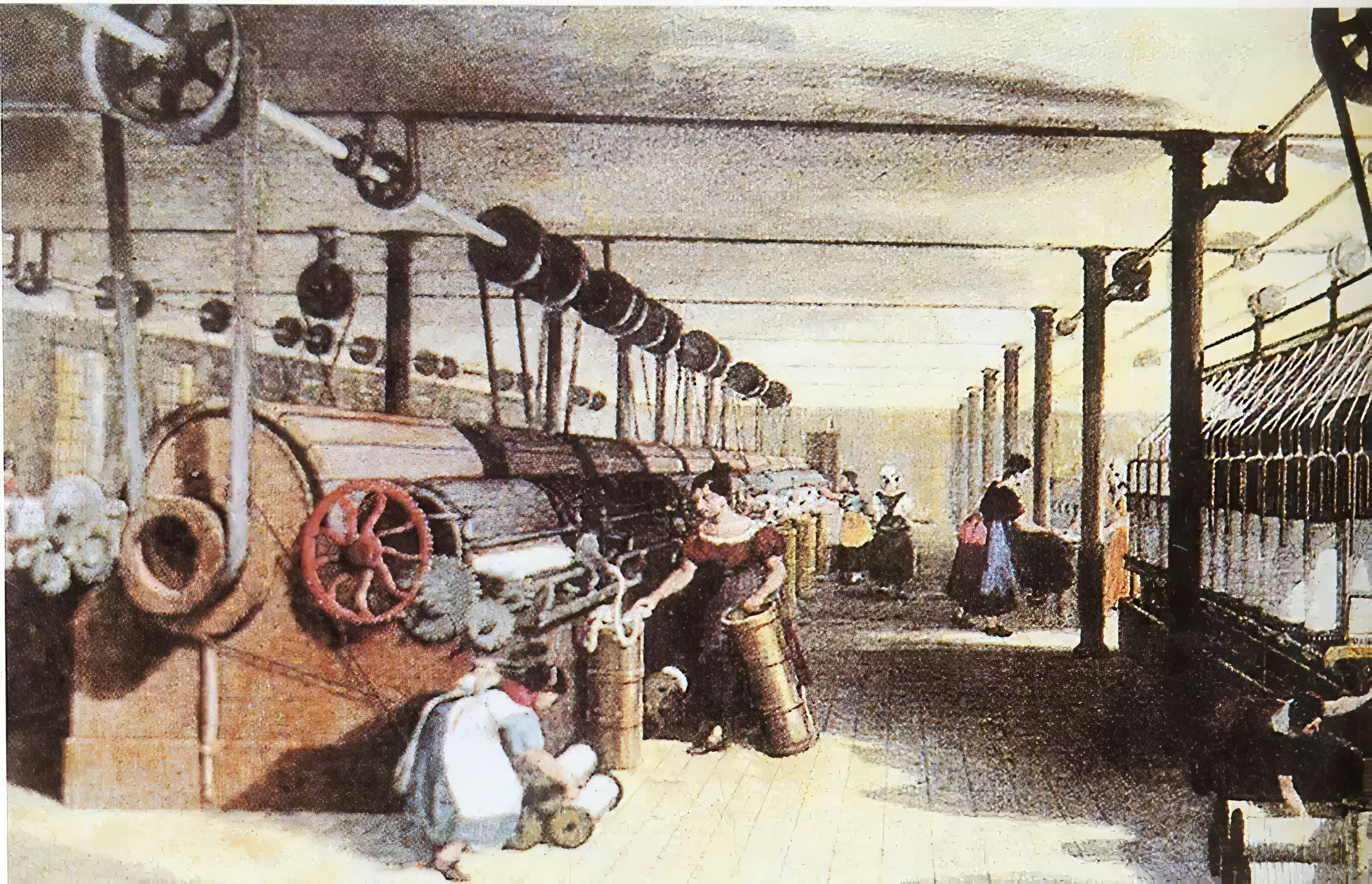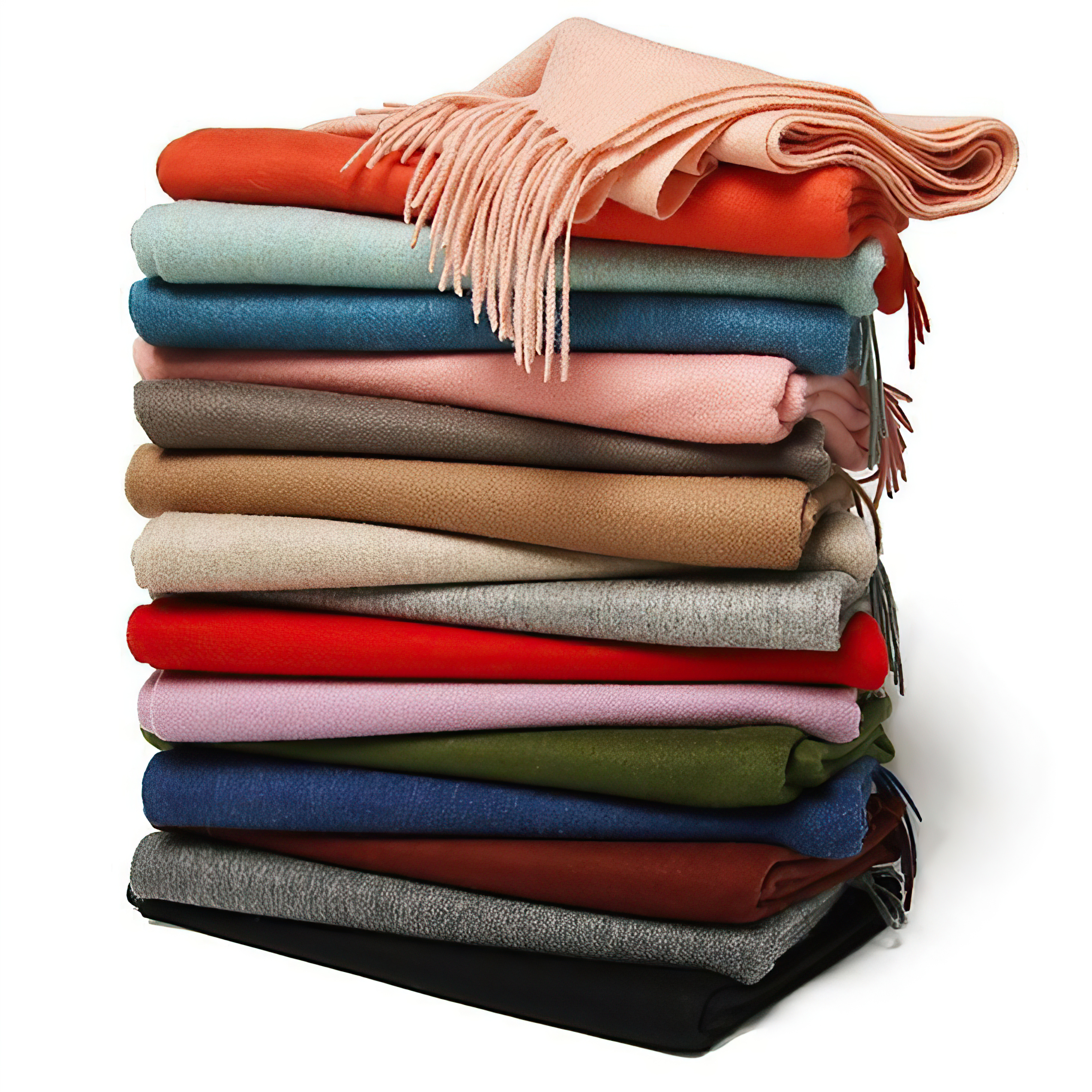How does wool go from sheep to people?
Do you know how long ago wool products can be traced back?

Spinning Wool: From Hand to Machine
One of the most significant changes in wool production has been the development of techniques for spinning wool. Prior to the industrial revolution, wool spinning was done by hand using a spinning wheel. These machines allowed for greater efficiency and precision in wool production, making it possible to produce higher quality wool products than had previously been possible.

Advancements in Wool Processing
Another key development in the evolution of wool products has been the development of specialized machinery for carding, combing, and weaving wool fibers. These machines have made it possible to produce a wider range of wool products, from fine woolen suits and blankets to heavy woolen rugs and carpets.

Fashion and Consumer Preferences
In addition to technological advances, the evolution of wool products has also been driven by changes in fashion and consumer preferences. For example, the popularity of woolen suits in the mid-20th century led to a greater focus on producing high-quality wool products that were durable, comfortable, and stylish. Similarly, the rise of athleisure in recent years has created demand for wool products that are lightweight, moisture-wicking, and breathable, driving innovations in wool manufacturing.

Modern Applications of Wool
Today, wool products are used in a wide range of applications, from clothing and accessories to home furnishings and insulation. Thanks to ongoing advancements in wool production technology and the continued evolution of fashion and consumer preferences, the future of wool looks bright, with new and innovative wool products likely to continue to emerge in the years and decades to come.
